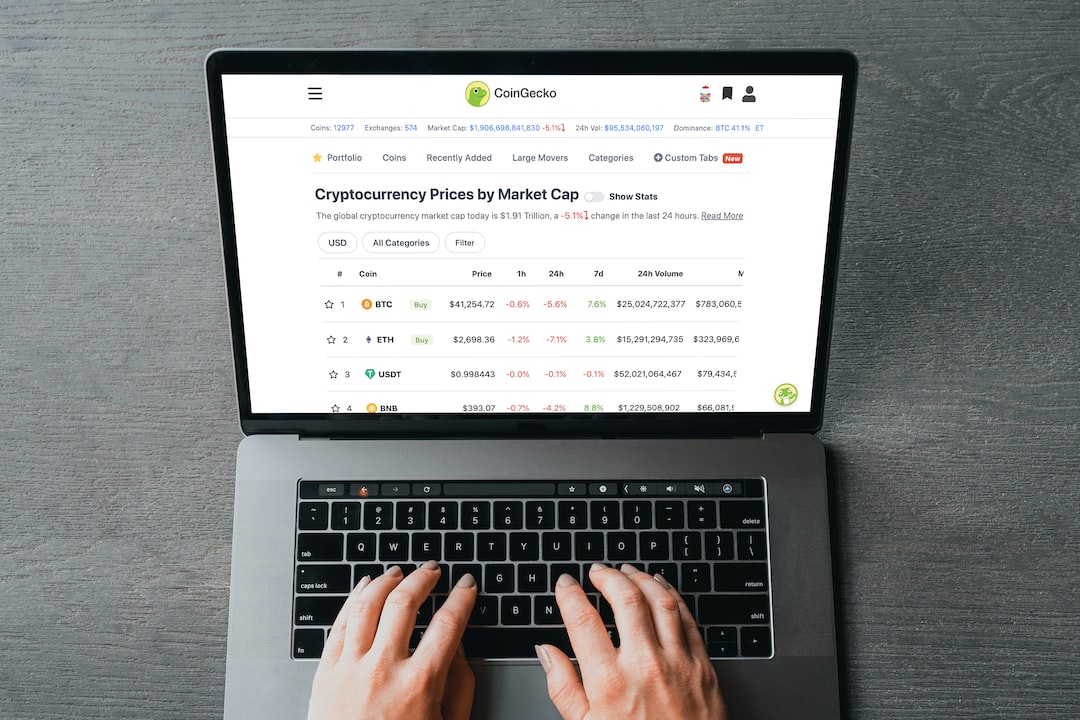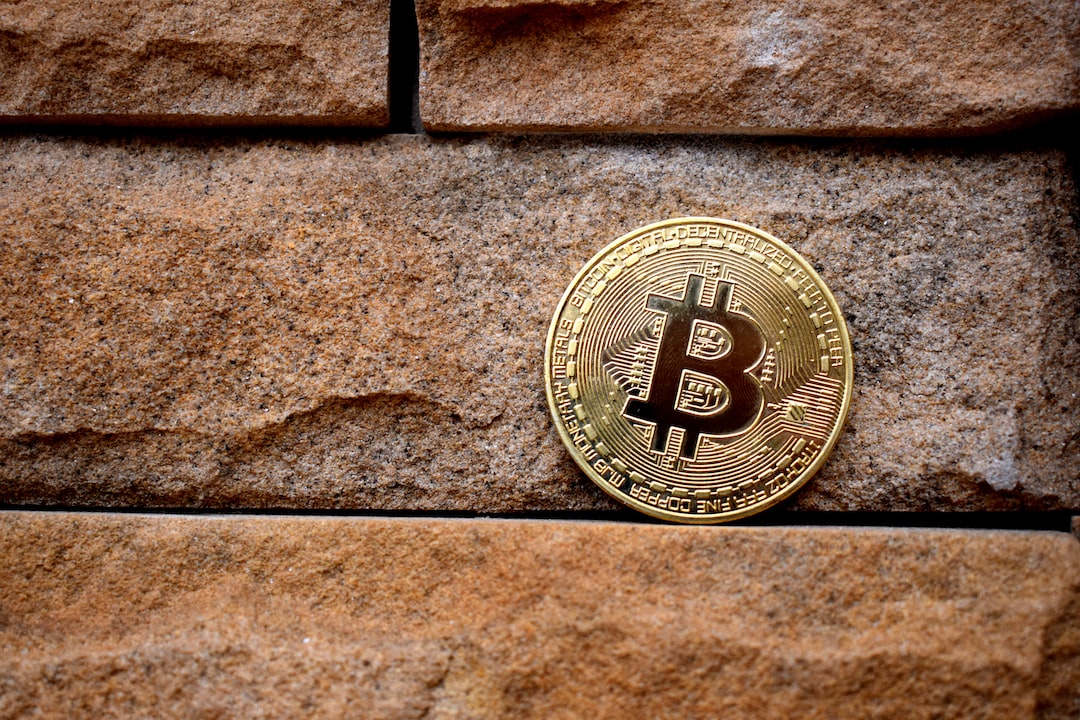Tether Raises Concerns by Lending $5.5 Billion in Stablecoins Despite Earlier Promise
Tether, the company behind the popular USDT stablecoin, has attracted attention in the crypto community for lending out $5.5 billion in stablecoins, despite its previous commitment to cease such loans by the end of 2023, as reported by the Wall Street Journal.
This revelation has raised doubts about Tether’s ability to handle a potential surge in redemptions and highlights its growing dominance in the stablecoin market, while its main competitor, USDC, has been losing market share.
Contradiction to Previous Announcement
Last year, Tether announced its plan to stop issuing loans of its token by the end of 2023. However, recent data indicates that Tether not only continued issuing loans but also increased their value to customers to $5.5 billion by June 30. This is up from $5.3 billion in the previous quarter.
Tether has provided limited information about the borrowers and collateral used for these loans. The lack of transparency raises concerns about Tether’s solvency as its rapid increase in loans could pose risks if users question its financial stability.
Tether’s Growing Dominance
In addition to the lending controversy, Tether’s dominance in the stablecoin market has been steadily growing while USDC’s market share has declined. Tether has added $10 billion to its capitalization since USDC faced troubles.
Despite scrutiny over transparency and questions about liquidity and reserves, Tether’s market share expansion remains strong.
Commitment to Removing Secured Loans
Tether has repeatedly claimed that all its circulating tokens are fully backed by cash or other liquid assets. In a statement, the company emphasized that it has accumulated over $3.3 billion in excess reserves to mitigate loan exposure and remains “committed to removing the secured loans from its reserves.”
Hot Take: Tether’s Controversial Lending Practices Raise Concerns
The recent revelation of Tether lending $5.5 billion in stablecoins, despite its earlier promise to halt such loans, has raised concerns about the company’s financial stability and ability to handle redemptions. Tether’s growing dominance in the stablecoin market, coupled with its competitor USDC’s declining market share, further highlights the controversial nature of these lending practices.
While Tether asserts that its tokens are fully backed and claims to have excess reserves, questions remain regarding the transparency of its operations and the size of its reserves. As Tether continues to face scrutiny, it must address these concerns to maintain trust within the crypto community.





 By
By
 By
By
 By
By

 By
By
 By
By